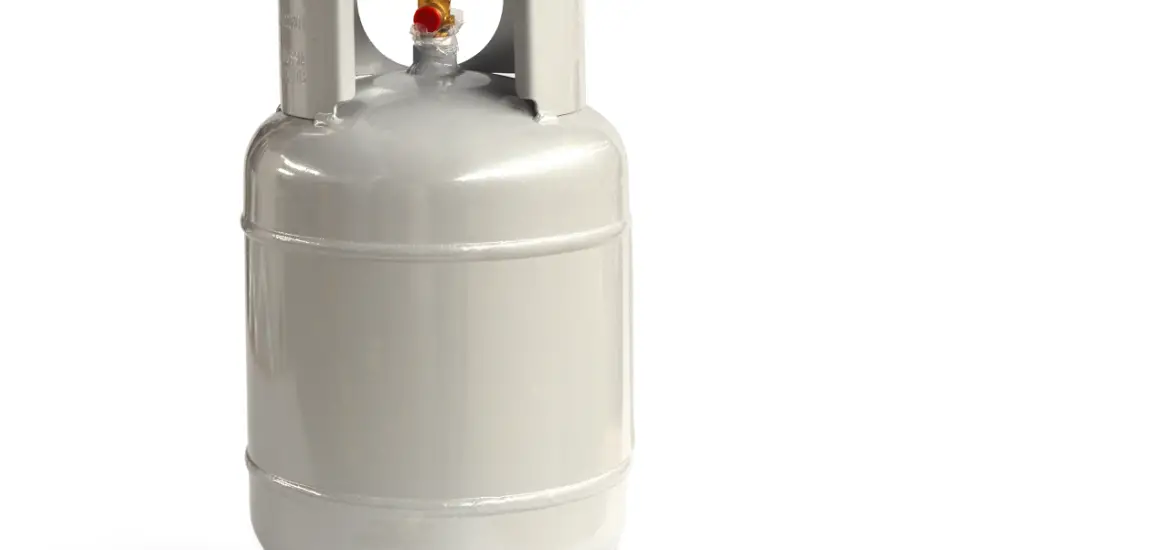Understanding F-22 refrigerant takes us on a journey from the comfort of our homes to the depth of the ozone layer. So, let’s get into it!

Table of Contents
The Basics of F-22 Refrigerant
What is F-22 Refrigerant?
F-22 Refrigerant, more commonly known as R-22 or Chlorodifluoromethane, is a type of hydrochlorofluorocarbon (HCFC). It’s been a go-to choice for cooling systems for decades.
Key Features of F-22
F-22 is known for its high cooling capacity and efficiency. It’s also non-flammable and compatible with most air conditioning systems. But these benefits come with a significant environmental price tag.
Uses and Applications of F-22
From residential AC units to commercial refrigeration, F-22 has been cooling things down for quite some time.
Role of F-22 in Residential Cooling Systems
F-22 is the common choice for cooling in many homes. Why? Because it’s efficient, reliable, and compatible with most systems.
F-22 in Commercial Refrigeration
In the commercial sector, F-22 is found in supermarkets, warehouses, and food processing plants. Keeping your ice cream cold? You can bet F-22 is involved.
The Environmental Impact of F-22 Refrigerant
F-22 and Ozone Depletion
Here’s the dark side of F-22 – it’s a major contributor to ozone depletion. That’s a real downer, isn’t it?
How F-22 Impacts the Ozone Layer
When F-22 gets released into the atmosphere, it breaks down and releases chlorine atoms. These bad boys start a chain reaction that destroys the ozone layer. Kind of scary, right?
Global Warming Potential of F-22
F-22 doesn’t just stop at the ozone layer; it’s a heavyweight in the global warming arena too. Its Global Warming Potential (GWP) is through the roof!
Comparing F-22’s GWP to Other Common Refrigerants
When compared to other refrigerants, F-22’s GWP stands at a whopping 1810. That’s 1810 times more heat-trapping than CO2. Imagine that!
Read more in-depth articles on refrigerants here – Articles on Refrigerants: The Ultimate Guide to Understanding Them
Regulation and Phase-Out of F-22 Refrigerant
International Regulations Affecting F-22
The world is waking up to the impact of F-22, and global regulations are in place to phase it out.
The Montreal Protocol and F-22
Thanks to the Montreal Protocol, there’s a global agreement to phase out HCFCs like F-22. And it’s about time!
The U.S. Regulations and Policies on F-22
The U.S. isn’t lagging behind; regulations are being enacted to reduce the use of F-22.
The Role of the EPA in Phasing Out F-22
The EPA has a plan to phase out F-22 entirely by 2030. It’s a tall order, but they’re committed to getting us there.
Alternatives to F-22 Refrigerant
Transitioning to More Environmentally Friendly Refrigerants
Goodbye F-22, hello greener alternatives! It’s a bumpy road, but we’re making the switch.
Key Factors to Consider When Switching Refrigerants
Switching isn’t as easy as flicking a switch. We need to consider efficiency, compatibility, and, of course, environmental impact.
Popular Alternatives to F-22
Among the front-runners replacing F-22 are R-410A, R-407C, and R-134a. These guys offer similar performance with a fraction of the environmental impact.
Comparing the Performance and Environmental Impact of F-22 Alternatives
These alternatives aren’t perfect, but when compared to F-22, their environmental impact is much less. And that’s a step in the right direction.
Conclusion: The Future of F-22 Refrigerant
As we say farewell to F-22, we’re ushering in a new era of refrigerants that perform well without damaging Mother Earth. So, are you ready to turn the tide?
